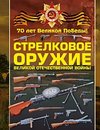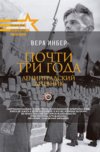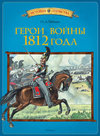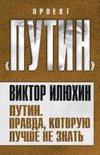
-
 Anglický jazyk
Anglický jazyk
Nazi paramilitary ranks
Autor: Source: Wikipedia
Source: Wikipedia. Pages: 30. Chapters: Uniforms and insignia of the Schutzstaffel, Ranks and insignia of the Nazi Party, Organisation Todt, Uniforms and insignia of the Sturmabteilung, Nazi party paramilitary ranks, Gauleiter, Ranks and insignia of the... Viac o knihe
Na objednávku, dodanie 2-4 týždne
14.40 €
bežná cena: 16.00 €
O knihe
Source: Wikipedia. Pages: 30. Chapters: Uniforms and insignia of the Schutzstaffel, Ranks and insignia of the Nazi Party, Organisation Todt, Uniforms and insignia of the Sturmabteilung, Nazi party paramilitary ranks, Gauleiter, Ranks and insignia of the National Socialist Motor Corps, Ranks and insignia of the Hitler Youth, Ranks and insignia of the Reichsluftschutzbund, Volkssturmmann, Leadership ranks of the Sturmabteilung, Stabschef, Haupttruppführer, Obertruppführer, Reichsleiter, Staffelführer, Hitlerjugendführer, Helfer, Blockleiter, Stabsscharführer, Reichsjugendführer, Bannführer, Stabsführer, RLB-Präsident, Obersturmmann, Kompanieführer, Korpsführer, Reichsinspekteur, Oberrottenführer, Zellenleiter. Excerpt: The uniforms and insignia of the Schutzstaffel were paramilitary ranks and uniforms used by the SS between 1925 and 1945 to differentiate that organization from the regular German armed forces, the German state, and the Nazi Party. 2nd pattern SS Totenkopf or death's head, 1934-45While a multitude of uniforms existed for the SS, often depending on the theatre of war where they were stationed, the all black SS uniform is the most well known. Black, traditionally a German colour, was seen as somber and authoritative. The black-white-red color scheme was characteristic of the German Empire, and was later adopted by the Nazi Party. Further, black was popular with fascist movements: a black uniform was introduced by the blackshirts in Italy before the creation of the SS. There was a traditional reason, as well. Just as the Prussian kings' and emperors' life-guard cavalry (Leib-Husaren) had worn black uniforms with skull-and-crossbones badges, so would the Führers bodyguard unit. As with many more formal military uniforms, these SS uniforms were tailored to project authority, and foster fear and respect. As Himmler put it, "I know there are many people who fall ill when they see this black uniform; we understand that and don't expect that we will be loved by many people." Many of the uniforms were produced by Hugo Boss and some were produced under forced labor conditions and in concentration camps, especially later in the war. Once the war began, however, the black uniform was seldom worn. The combat units of the SS-Verfügungstruppe (SS-VT) and the later Waffen-SS wore a variation of the field-grey (feldgrau) Army (Heer) uniform with SS insignia. The majority of SS personnel wore variations of the Waffen-SS uniform or the earth-grey SS service tunic. Branches with personnel that normally would wear civilian attire in the Reich (such as the Gestapo and Kripo) were issued grey SS uniforms in occupied territory to avoid being mistaken for civilians. SS uniforms used a variet
- Vydavateľstvo: Books LLC, Reference Series
- Rok vydania: 2018
- Formát: Paperback
- Rozmer: 246 x 189 mm
- Jazyk: Anglický jazyk
- ISBN: 9781156137116


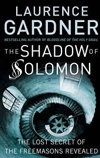


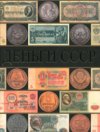
 Ruský jazyk
Ruský jazyk 
